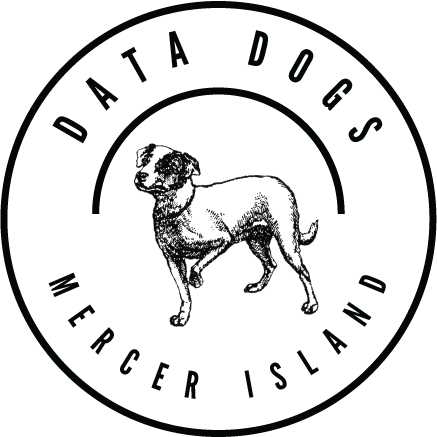Undesirable consequences
When a dog “knows” a behavior, that is, when the trainer has a reasonable expectation that the dog has been sufficiently trained to recognize the cue and reliably respond appropriately, yet fails to do so, a trainer might employ consequences for this non-compliance. Trainers may also use consequences to reduce undesirable behaviors when an incompatible behavior is not appropriate or has not sufficiently addressed the behavior. The purpose of these consequences is to reduce or eliminate the likelihood of the behavior recurring and is evaluated in retrospect—by its affect on the behavior.
Good Things Stop
Negative punishment is an approach where the trainer removes something desirable to the dog. For example, a brief time-out, putting away the food treat, removing the dog from an activity, or removing attention from the dog are all negative punishments when a dog does not comply.
Bad Things Happen
Positive punishment is when an undesirable consequence (to the dog) is immediately paired with the dog’s undesirable behavior. This includes such things as a sharp verbal reprimand, citronella collar, electronic collar, and the like. Note: Collar “corrections“ with a choke collar or pinch collar fall into this category. The dog receives a collar check or “correction” when the dog engages in an undesirable behavior. For example, for jumping up to greet, the trainer might stand on the leash so when the dog tries to jump up, he receives a correction. For pulling on leash, the trainer might give a collar check when the dog is out of heel position.
Bad Things Stop
Technically (and confusingly) called negative reinforcement: With this approach, the trainer removes something undesirable the moment the dog engages in the desired behavior. For example, the technique called “be a tree”—standing still as long as the dog is pulling on leash—falls into this category. The moment the dog stops pulling, the trainer moves forward, rewarding the loose leash.
